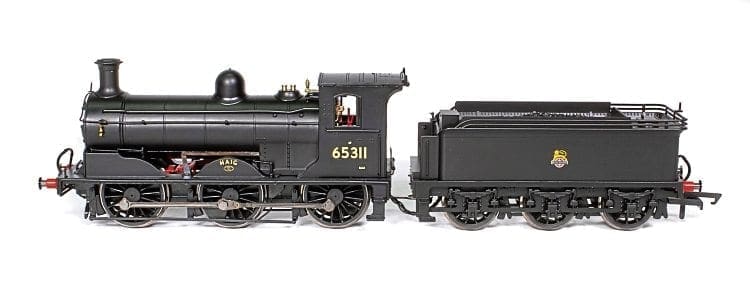Nigel Burkin is suitably impressed by a superbly well-detailed OO-scale model of a much-loved North British Railway locomotive design.
There is something very attractive about small tender engines to modellers, and Hornby’s new LNER J36 0-6-0 is already proving popular.
Designed under the auspices of North British Railway locomotive superintendent Matthew Holmes, the J36s were among many small tender engines that played a vitally important role on the railways, particularly over lighter secondary routes on both goods and local passenger services.
Based at local sheds, such everyday locomotives did the really hard and unglamorous work, which makes the new model of the J36 particularly welcome for Scottish and North Eastern modellers alike.

It will appeal to those who prefer the slower pace of secondary lines, and need ‘typical’ or ‘signature’ locomotives to define the operations of a particular geographical area, or have space constraints preventing more than a compact layout to be built.
Construction of the J36s (NBR C Class), built to replace older Drummond designs, began in 1888 at Cowlairs works, with the first batch of six locomotives appearing in the same year.
They were constructed in small batches almost continuously until 1900, and finally reached a total of 168 locomotives. Construction was completed at Cowlairs, apart from 30 that were assembled by outside contractors.
Under the auspices of W P Reid, who succeeded Holmes as locomotive superintendent, the class was rebuilt extensively with larger boilers and modified cabs between 1913 and 1923.
This process brought other changes, including different chimneys, and it’s the locomotives in this rebuilt condition that are represented by the Hornby model.
For the full article, see the March 2019 edition of Modelling – available now!
For a complete list of stockists and how to get your copy, visit: www.railwaymagazinemodelling.co.uk/distributors


